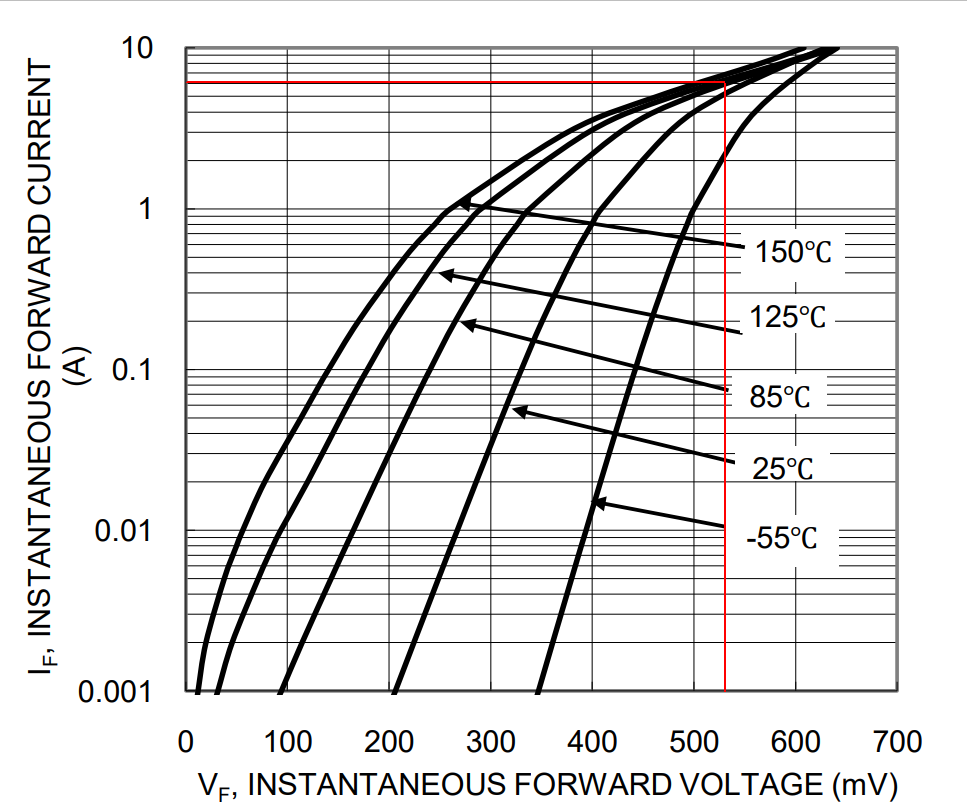It’s an active rectifier. For low output voltage, the forward voltage drop of a regular diode translate to a significant hit in efficiency.
Let me give you an example:
A Schottky diode have about 0.4 V forward voltage + some series resistance. Let's take the SDT10100P5 at 6 A and 85 degrees, it will have about 530 mV of forward voltage, translating to about 3.2 W of dissipation.

Going for a MOSFET instead, the BSC070N10N has 7 mΩ rated resistance. Running somewhat hot, it will however increase to 9.5 mΩ. At 6 A, this translates to about 340 mW of dissipation.

The active rectifier have almost one tenth of the losses of the Schottky, so good savings on thermals. It is however more expensive than the diode and needs additional circuitry from the extra secondary winding and parts between that and the MOSFET gate.




